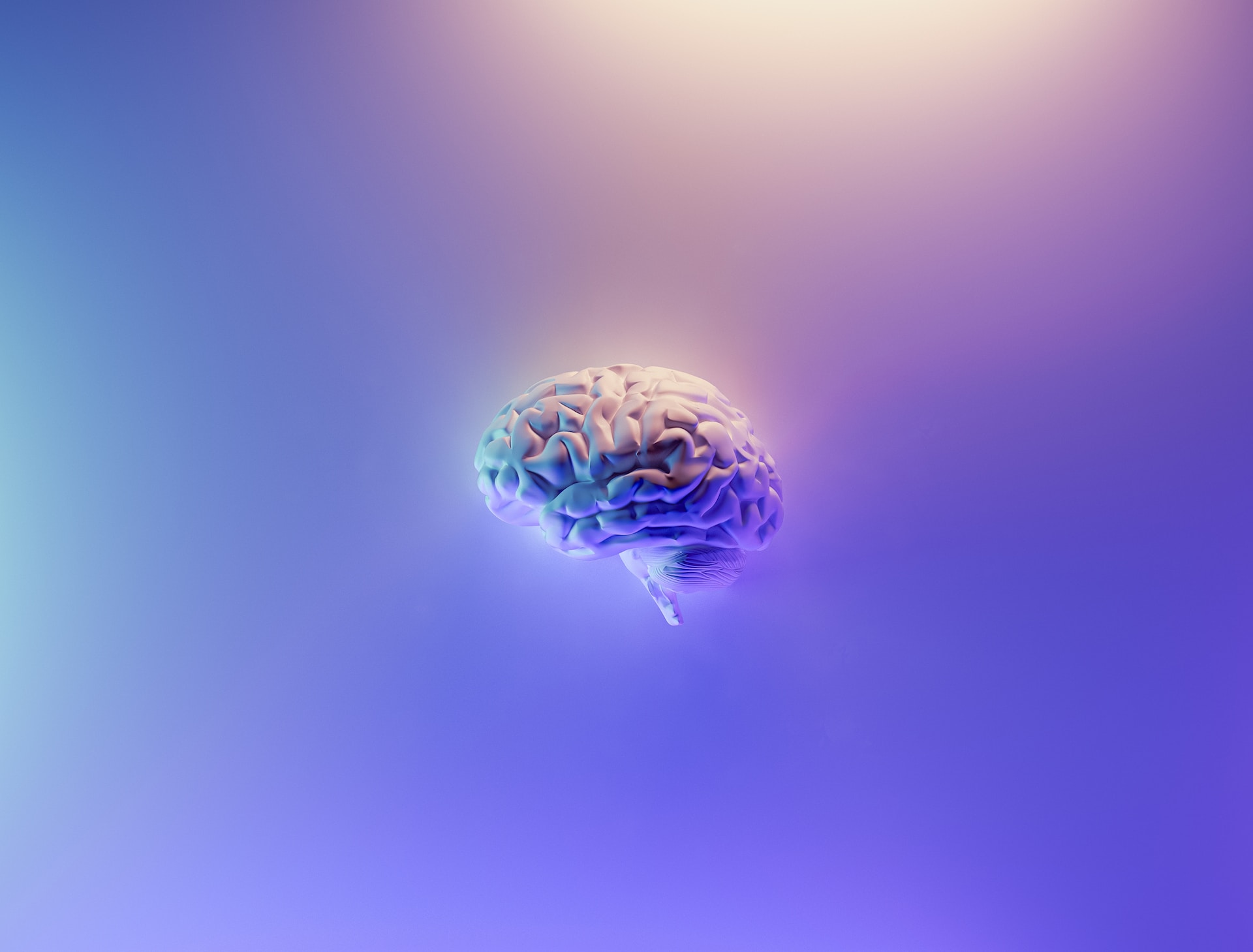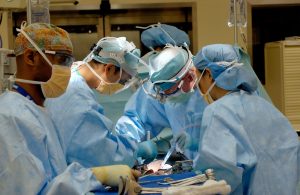
The human brain, a marvel of complexity, conducts a symphony of cognitive and emotional processes. This intricate organ serves as the master regulator, controlling various aspects of our experience, from emotions and memory to feelings, love, happiness, anger, fear, and impulses.
In this exploration of neurobiology, we unravel the orchestration of emotions, shedding light on how the brain regulates emotions and other fundamental aspects of our psychological tapestry. Join us on this captivating journey through the neural circuitry, where scientific insights illuminate the control centers shaping the rich landscape of human experience.
Key Takeaways
- Amygdala’s Emotional Hub: The amygdala, located in the temporal lobe, acts as a central hub for processing emotions, particularly fear and pleasure, and plays a pivotal role in rapid emotional reactions.
- Hippocampus in Memory Formation: Beyond its emotional role, the hippocampus is crucial for forming and consolidating memories tied to emotional experiences, contributing to a detailed representation of the emotional landscape.
- Hypothalamus and Physiological Response: The hypothalamus serves as a bridge between the nervous and endocrine systems, influencing physiological aspects of emotions such as changes in heart rate, breathing, and stress hormone release.
- Cingulate Gyrus in Emotional Regulation: The cingulate gyrus, part of the limbic system, is involved in emotional regulation, cognitive processing related to emotions, decision-making, empathy, and conflict resolution.
- Somatosensory Cortex and Feelings: The somatosensory cortex processes tactile sensations, forming the basis for conscious awareness of physical feelings, influencing overall perception of emotions.
- VTA and Caudate Nucleus in Love: The Ventral Tegmental Area (VTA) and Caudate Nucleus are key players in the neurobiology of love, associated with pleasure, reward, and the motivation to seek and maintain close relationships.
- Prefrontal Cortex in Emotional Regulation: The prefrontal cortex, especially the ventromedial prefrontal cortex, regulates positive emotions like happiness, plays a role in decision-making, social behavior, and emotional regulation.
Which area of the brain regulates emotions?
- Amygdala: The amygdala, an almond-shaped structure deep within the temporal lobe, is a central hub for processing emotions. It plays a pivotal role in detecting and responding to emotionally salient stimuli, particularly those associated with fear and pleasure. The amygdala acts as an emotional switchboard, receiving sensory information and rapidly determining the emotional significance of stimuli. Its connections with various sensory and memory-related brain regions enable quick, subconscious emotional reactions.
- Hippocampus: Situated adjacent to the amygdala, the hippocampus is critical for forming and consolidating memories tied to emotional experiences. It helps create a narrative around emotional events, linking them to contextual details. While the amygdala responds rapidly to emotional stimuli, the hippocampus contributes to the more gradual encoding of emotional memories, providing a nuanced and detailed representation of the emotional landscape.
- Hypothalamus: The hypothalamus serves as a bridge between the nervous and endocrine systems, influencing the release of hormones associated with emotional responses. It plays a crucial role in orchestrating the physiological aspects of emotions, such as changes in heart rate, breathing, and the release of stress hormones. Through its intricate connections, the hypothalamus ensures a synchronized response to emotional triggers, contributing to the holistic experience of emotions.
- Cingulate Gyrus: The cingulate gyrus, part of the limbic system, is involved in emotional regulation and cognitive processing related to emotions. It plays a role in decision-making, empathy, and conflict resolution. The anterior cingulate cortex, in particular, is associated with monitoring errors and adjusting behavior, contributing to emotional self-regulation.
What region of the brain manages memory?
- Hippocampus: Beyond its role in emotions, the hippocampus is a central player in the formation of new memories. It acts as a neural hub, integrating information from various sensory modalities and cortical areas. During the encoding phase of memory, the hippocampus facilitates the consolidation of information into a temporary storage form, before transferring it to long-term memory structures.
- Prefrontal Cortex: The prefrontal cortex, especially the dorsolateral prefrontal cortex, is crucial for working memory processes. It is involved in holding and manipulating information for short periods, allowing for tasks like problem-solving and decision-making. Additionally, the prefrontal cortex plays a role in the retrieval of memories, influencing the accessibility and accuracy of stored information.
- Temporal Lobe: As memories mature, they become more reliant on structures within the temporal lobe, including the hippocampus and adjacent regions. The temporal lobe is involved in the long-term storage and retrieval of declarative memories, such as facts and events. The consolidation of memories into a more stable form occurs through the strengthening of synaptic connections within this region.
Which part of the brain oversees feelings?
- Somatosensory Cortex: The somatosensory cortex, located in the parietal lobe, processes tactile sensations from the body. It provides the foundation for our conscious awareness of physical feelings, such as touch, pressure, and temperature. This sensory information serves as a basis for emotional experiences, influencing the overall perception of feelings.
- Insula: The insula integrates sensory information with emotional experiences, playing a crucial role in the subjective awareness of feelings. It serves as an interoceptive hub, connecting internal bodily states with emotional states. The insula’s involvement in self-awareness contributes to the rich tapestry of feelings, allowing individuals to recognize and interpret their emotional experiences.
What area of the brain is responsible for love?
- Ventral Tegmental Area (VTA): The VTA, situated in the midbrain, is a key player in the experience of reward and pleasure, particularly in the context of love. It contains dopaminergic neurons that release dopamine, a neurotransmitter associated with pleasure and reinforcement. The VTA’s activation contributes to the rewarding aspects of romantic love, fostering positive associations with a loved one.
- Caudate Nucleus: The caudate nucleus, part of the brain’s reward system, is implicated in the neurobiology of love. It is associated with the processing of rewards and reinforcement learning. The caudate’s involvement in love is linked to the formation of positive associations and the motivation to seek and maintain close relationships.
Which part of the brain governs happiness?
- Prefrontal Cortex (Ventromedial Prefrontal Cortex): The ventromedial prefrontal cortex is crucial for regulating positive emotions, including happiness. It plays a role in decision-making, social behavior, and emotional regulation. Dysfunction in this region has been linked to mood disorders, highlighting its importance in maintaining a positive emotional state.
- Hypothalamus: The hypothalamus contributes to happiness by releasing hormones that influence overall well-being. It regulates the body’s internal balance, including aspects like appetite, sleep, and stress responses. Hormones such as serotonin, released by the hypothalamus, are key players in mood regulation and feelings of happiness.
What region of the brain controls anger?
- Orbitofrontal Cortex: The orbitofrontal cortex, located in the prefrontal cortex, is involved in inhibiting aggressive behaviors associated with anger. It plays a crucial role in evaluating the emotional significance of stimuli and modulating impulsive responses. Dysfunction in this region may lead to impaired anger regulation and heightened aggressive tendencies.
Which area of the brain is in charge of fear?
- Amygdala: The amygdala, as a fear processing center, triggers the physiological and behavioral responses associated with fear. Rapid and automatic, the amygdala’s response to fear-inducing stimuli prepares the body for a quick and adaptive reaction. Fearful memories are also consolidated through the amygdala’s interaction with other memory-related structures.
- Hippocampus: The hippocampus contributes to fear by forming and storing memories associated with threatening situations. It plays a role in contextualizing fear-inducing events, allowing for the discrimination between safe and dangerous environments. This interplay between the amygdala and hippocampus provides a nuanced and adaptive fear response.
What part of the brain regulates impulses?
- Dorsolateral Prefrontal Cortex: The dorsolateral prefrontal cortex is crucial for executive functions, including impulse control. It plays a central role in decision-making, inhibiting inappropriate responses, and maintaining attention. Dysfunction in this region can lead to impulsive behaviors, as the ability to weigh consequences and regulate impulses is compromised.
- Anterior Cingulate Cortex: The anterior cingulate cortex is involved in monitoring errors and detecting conflicts between competing responses. It contributes to the regulation of impulses by signaling when adjustments in behavior are necessary. Dysfunction in this region may lead to difficulties in self-control and impulsivity.
Final Thoughts
The exploration of the brain’s intricate mechanisms underlying emotions, memory, feelings, love, happiness, anger, fear, and impulses reveals a mosaic of interconnected regions working in harmony. From the rapid responses of the amygdala to the nuanced decision-making of the prefrontal cortex, each facet of human experience is shaped by the dynamic interplay within our neural circuitry. As research advances, unlocking more profound insights into these processes, we inch closer to a comprehensive understanding of the marvel that is the human mind.
Also Read: Revolutionizing Healthcare: Unveiling Medical Breakthroughs and Future Treatments in 2023
FAQs
- Q: Which part of the brain regulates emotions?
- A: The amygdala, located in the temporal lobe, is a central hub for processing emotions, particularly fear and pleasure.
- Q: What region of the brain manages memory?
- A: The hippocampus plays a central role in forming and consolidating memories tied to emotional experiences.
- Q: Which part of the brain oversees feelings?
- A: The somatosensory cortex in the parietal lobe and the insula play crucial roles in processing tactile sensations and integrating sensory information with emotional experiences, respectively.
- Q: What area of the brain is responsible for love?
- A: The Ventral Tegmental Area (VTA) in the midbrain and the Caudate Nucleus, part of the brain’s reward system, are key players in the experience of love.
- Q: What region of the brain controls anger?
- A: The orbitofrontal cortex, located in the prefrontal cortex, inhibits aggressive behaviors associated with anger.
- Q: Which area of the brain is in charge of fear?
- A: The amygdala is a fear processing center, triggering physiological and behavioral responses, while the hippocampus contributes by forming and storing memories associated with threatening situations.
- Q: What part of the brain regulates impulses?
- A: The dorsolateral prefrontal cortex and the anterior cingulate cortex are crucial for regulating impulses, inhibiting inappropriate responses, and signaling adjustments in behavior.







No comment yet, add your voice below!